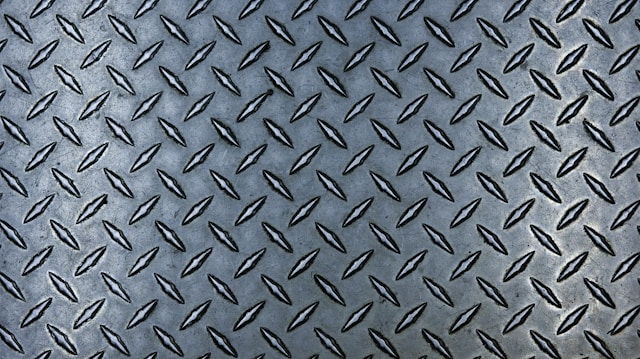Introduction to Metal Casting
Metal casting, one of the oldest manufacturing processes, remains fundamental in modern industries due to its ability to produce complex shapes and durable components. Traditional methods such as sand casting or investment casting have paved the way for innovations that increase precision, efficiency, and the range of materials available. Today, advanced techniques, driven by the need for higher performance and reduced material waste, are revolutionizing how we approach this process, especially with the integration of cutting-edge technologies in material sciences and metallurgy.
New Technologies in Mold Design
The development of new mold design technologies has significantly improved casting accuracy and reduced production time. Among the most transformative is 3D printing, which allows for the creation of highly detailed and complex molds that would be impossible with conventional methods. This technology enables rapid prototyping and reduces the time required to transition from design to production.
Furthermore, precision casting techniques, such as ceramic shell molds, ensure minimal defects and better surface finishes, which are critical in applications requiring tight tolerances. Thes advancements enable the production of parts with small details, like metal paracord beads, jewelry components, and precision gears, ensuring a higher degree of quality and consistency.
Innovative Alloy Compositions
Recent advancements in metallurgy have led to the creation of new alloy compositions that offer superior properties tailored to specific applications. By modifying the chemical composition of traditional metals like steel, aluminum, or titanium, engineers can enhance characteristics such as corrosion resistance, hardness, and thermal stability.
These innovative alloys, designed to meet the demands of industries like aerospace, automotive, and medical devices, are especially useful in casting processes where material performance is as crucial as the precision of the cast itself. For example, in high-stress environments, the selection of the right alloy can significantly improve the longevity and reliability of metal parts.
Vacuum and Pressure-Assisted Casting
Vacuum and pressure-assisted casting techniques have become essential for producing high-quality metal components. Vacuum casting reduces the amount of gas trapped in the molten metal, minimizing porosity and improving overall material density. On the other hand, pressure-assisted methods help force the molten metal into intricate mold designs, resulting in components with finer small details, such as metal paracord beads, gears, fasteners, and jewelry pieces.
These techniques are particularly useful for casting small, precision metal items where even minor defects can impact performance. Together, these methods are vital for casting metals used in high-performance applications, where material integrity and precision are critical.
Sustainability and Efficiency in Metal Casting
As environmental concerns grow, sustainability in metal casting has become a key focus. Modern casting techniques aim to reduce waste by using recyclable materials and improving the efficiency of energy-intensive processes. For instance, innovations like electromagnetic casting reduce energy consumption by optimizing heat distribution, while closed-loop systems in foundries help minimize raw material waste.
These advances not only lower the environmental impact of casting but also offer economic benefits by reducing costs associated with material and energy usage. As industries push towards greener solutions, sustainability and efficiency will remain at the forefront of metal casting innovations.
Conclusion
In conclusion, the advancements in metal casting have not only enhanced the efficiency and precision of the process but have also expanded the capabilities of the materials used. The integration of modern technologies like 3D printing and vacuum-assisted casting has revolutionized mold design and production, allowing for more intricate and high-quality components. Furthermore, innovations in alloy compositions have made it possible to tailor materials to meet specific industry demands.
Sustainability and energy efficiency in casting practices continue to evolve, reducing the environmental footprint while improving cost-effectiveness. As these technologies advance, metal casting will remain a critical manufacturing process, pushing the boundaries of what is possible in material engineering and industrial applications.
